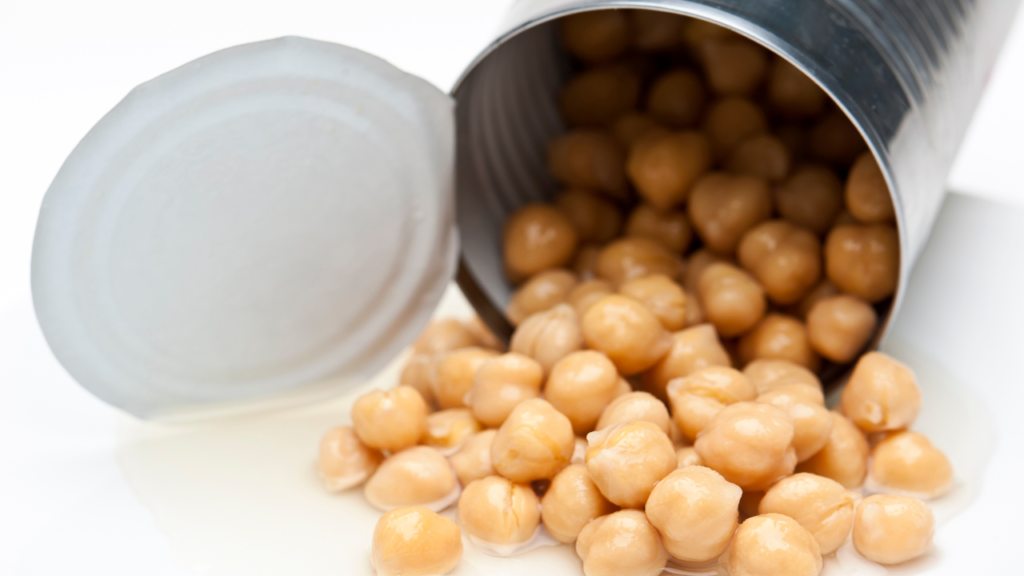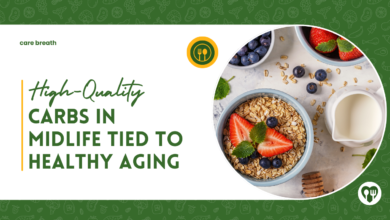Top 11 Pantry Staples for Healthy Aging, Say Dietitians

Introduction
Aging gracefully is something many of us aspire to, but did you know that what you keep in your pantry plays a huge role in how you age? Nutrition isn’t just about staying slim—it’s about supporting your body and mind for the long haul. The good news? You don’t need fancy or expensive foods. Having the right pantry staples at your fingertips can set the stage for healthy aging, helping you stay energetic, sharp, and vibrant well into your golden years.
In this article, we’ll explore the top 11 pantry staples dietitians recommend for healthy aging. These ingredients are packed with nutrients, easy to store, and incredibly versatile. Ready to revamp your pantry? Let’s dive in!
Understanding Healthy Aging
Healthy aging is all about maintaining physical health, mental clarity, and overall well-being as you grow older. While genetics play a role, lifestyle choices, especially diet, have a powerful impact on how gracefully you age.
Eating nutrient-rich foods helps fight inflammation, maintain muscle mass, support brain function, and keep your immune system strong. Choosing pantry staples wisely means you’ll always have the building blocks for healthy meals on hand—even on your busiest days.
Criteria for Choosing Pantry Staples
When selecting pantry staples for healthy aging, dietitians focus on three key factors:
- Nutrient Density: Foods packed with vitamins, minerals, fiber, and healthy fats.
- Longevity and Shelf-life: Items that last long without losing quality.
- Versatility: Ingredients that can be used in many different dishes.
The 11 pantry staples below hit all these marks, making them must-haves for your kitchen.
The Top 11 Pantry Staples
1. Quinoa
Quinoa is a protein powerhouse and a complete source of all nine essential amino acids. It’s gluten-free, packed with fiber, and rich in minerals like magnesium and iron. Quinoa cooks quickly and can be used in salads, soups, or as a rice substitute.
2. Canned Beans
Beans like black, kidney, and chickpeas are loaded with fiber and plant-based protein, helping to support heart health and maintain steady blood sugar. Canned beans are convenient and affordable—just rinse them to reduce sodium before adding to stews, chili, or salads.

3. Olive Oil
Extra virgin olive oil is a staple of the Mediterranean diet and a source of healthy monounsaturated fats. These fats support heart and brain health, reduce inflammation, and can even help protect against cognitive decline. Use olive oil for salad dressings, sautéing veggies, or drizzling over dishes.
4. Nuts and Seeds
Almonds, walnuts, pumpkin seeds, and sunflower seeds are rich in omega-3 fatty acids, antioxidants, and fiber. A small handful daily supports brain health, reduces inflammation, and provides satisfying crunch. Toss them in oatmeal, yogurt, or snack on them plain.
5. Oats
Oats provide soluble fiber, which helps reduce cholesterol and improve heart health—critical factors in aging well. They’re affordable, easy to cook, and can be eaten as a classic breakfast or blended into smoothies and baked goods.
6. Brown Rice
Brown rice retains the bran and germ, which means more fiber, B vitamins, and minerals compared to white rice. It helps regulate blood sugar and promotes digestive health. It’s a versatile base for stir-fries, bowls, or side dishes.
7. Canned or Dried Tomatoes
Tomatoes are rich in lycopene, a powerful antioxidant linked to lower risk of chronic diseases. Canned tomatoes are a pantry favorite for sauces, soups, and stews, while dried tomatoes add depth and flavor to salads and pastas.
8. Low-Sodium Broth
A good quality low-sodium vegetable, chicken, or beef broth adds flavor without excess salt. Broth is perfect for soups, stews, or cooking grains to infuse more nutrients into your meals.
9. Dried Herbs and Spices
Herbs like turmeric, rosemary, oregano, and cinnamon have anti-inflammatory properties and can boost flavor without the need for added salt or sugar. They keep meals exciting and support overall health.
10. Whole Grain Pasta
Whole grain pasta offers complex carbohydrates and more fiber than regular pasta, providing sustained energy and better blood sugar control. It’s a quick, easy meal base that pairs well with plenty of veggies and lean proteins.

11. Flaxseeds or Chia Seeds
Both seeds are loaded with fiber, omega-3 fatty acids, and antioxidants. They help with digestion, heart health, and brain function. Add them to smoothies, yogurt, or baked goods for a nutritional boost.
How to Stock and Store These Staples
To get the most from your pantry staples, store them properly in airtight containers away from heat and moisture. Rotate older items to the front to ensure nothing expires unnoticed. Keep nuts and seeds in the fridge or freezer to maintain freshness, and check canned goods for dents or rust before buying.
Tips for Incorporating Staples into Daily Meals
Start by adding one or two staples at a time. For example, swap white rice for brown rice or sprinkle flaxseeds over your morning oatmeal. Experiment with herbs and spices to enhance flavor without extra salt. Meal prepping soups with broth and canned tomatoes makes healthy eating effortless on busy days.
Common Mistakes to Avoid in Aging Nutrition
Avoid relying heavily on processed foods that are high in sugar, salt, and unhealthy fats. Also, don’t neglect hydration and variety—eating a range of foods ensures you get all necessary nutrients.
Conclusion
Stocking your pantry with these 11 staples is a simple but powerful step toward healthy aging. They bring convenience, nutrition, and deliciousness to your kitchen, helping you build meals that nourish your body and mind. Start small, keep it consistent, and enjoy the journey to aging well with flavor and vitality.

FAQs
Q1: What pantry staples are best for brain health?
Foods rich in omega-3s, antioxidants, and B vitamins like nuts, seeds, olive oil, and quinoa support brain function.
Q2: Can these staples help with weight management?
Yes, fiber-rich staples like beans, oats, and brown rice promote fullness and steady energy, aiding weight control.
Q3: How often should I restock my pantry?
Check items every few months and restock as needed, paying attention to expiration dates.
Q4: Are canned foods as healthy as fresh?
Many canned foods retain nutrients well and offer convenience, especially when fresh options aren’t available—choose low-sodium varieties.
Q5: Can I find these staples on a budget?
Absolutely! Many are affordable and shelf-stable, making them cost-effective ways to eat healthily.




